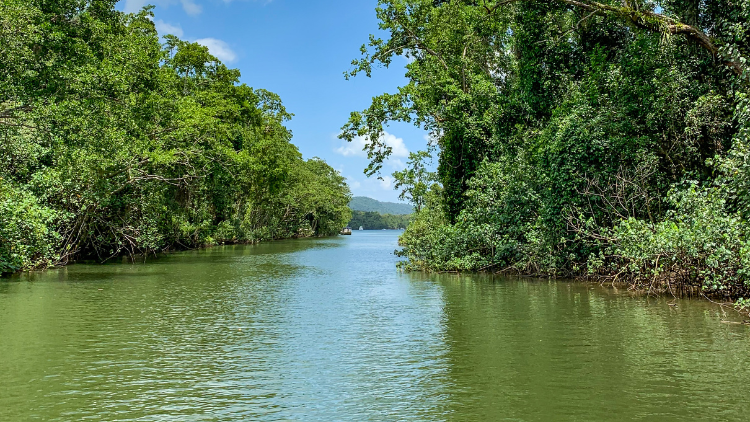
Where are crocodiles found?
See where typical crocodile habitat is located in Queensland.
Crocodile habitat starts at Gladstone and extends north to the Torres Strait, across Cape York Peninsula and into the Gulf of Carpentaria. Estuarine crocodiles can be found in any waterways and the sea in this area.
Crocodiles can stay out of sight, underwater for hours at a time.
Just because you can’t see a crocodile, doesn’t mean there isn’t one close by.
You can live and play safely in areas inhabited by crocodiles by being Crocwise. Learn how to Be Crocwise and keep yourself, your family and friends safe in and around the water.

See where typical crocodile habitat is located in Queensland.

Understand crocodile behaviour and the top tips to reduce your risk of a crocodile attack.

Learn how to Be Crocwise when fishing, boating, camping and swimming.

View recent crocodile sightings in Queensland and learn how to report a sighting.

Bin the bones. Don’t attract crocodiles. Always put food scraps in the bin or taken them home.

Share and promote Be Crocwise public safety and education messages through your channels and networks.